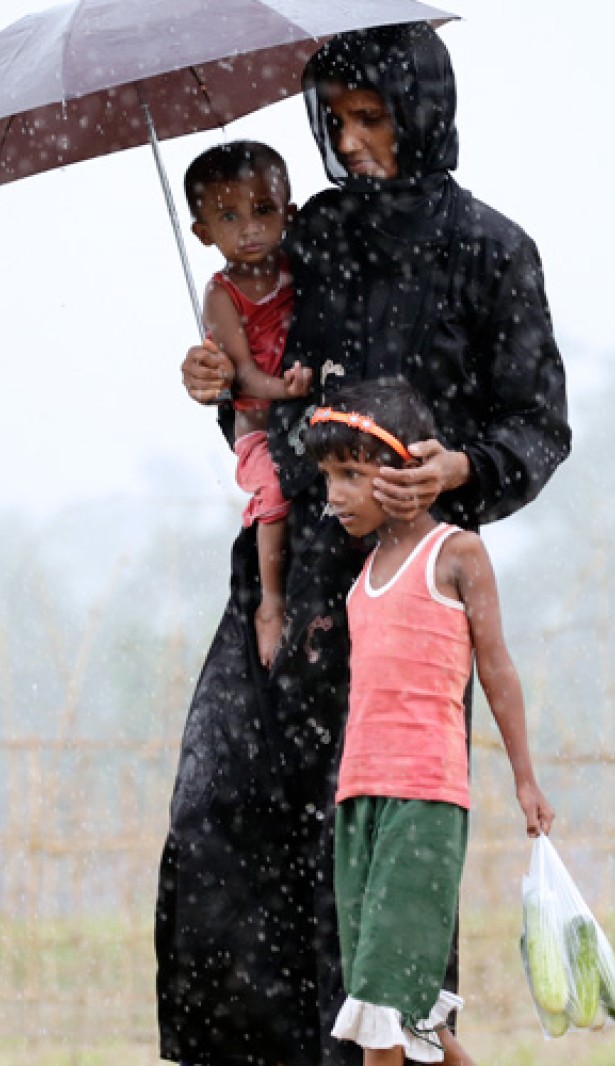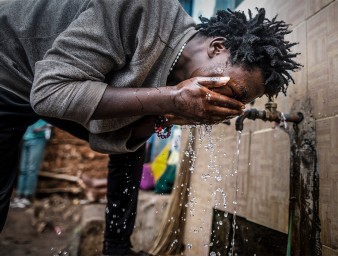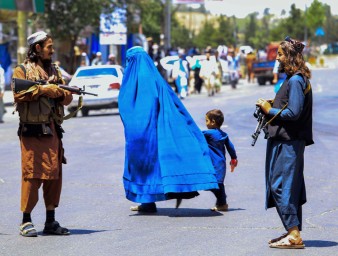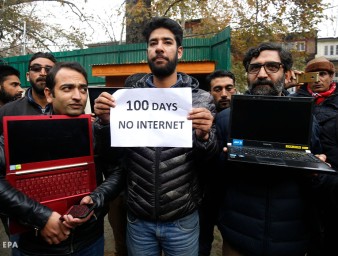"The truth can be recovered" - the methodology behind fact-finding in Myanmar
12 September 2018
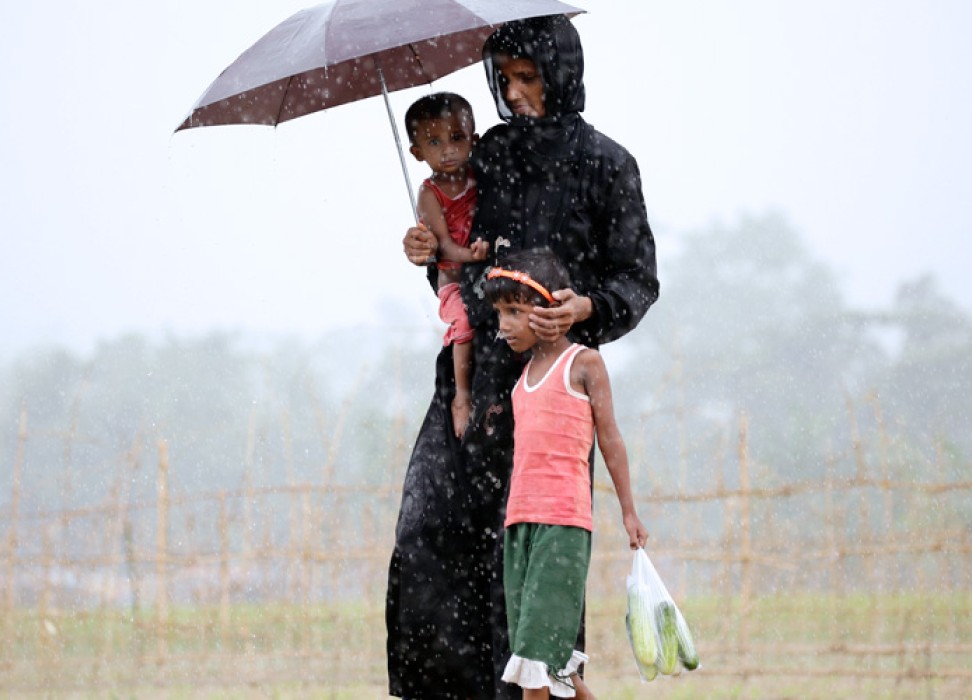
The UN fact-finding mission on Myanmar has issued its findings and recommendations on recent alleged human rights violations and abuses in Myanmar. Its findings point to crimes against humanity and war crimes – and to genocide against the Rohingya. The main responsibility lies with the military (the Tatmadaw).
The Mission analysed allegations of human rights violations and abuses in Kachin, Rakhine and Shan States since 2011. It conducted in-depth fact finding on several emblematic situations in order to reveal broader patterns.
By the time the report was issued in August 2018, the Mission had conducted in-depth interviews with 875 victims and eyewitnesses, over 250 staff of inter-governmental and non-governmental organizations and a host of independent specialists and researchers on Myanmar.
The Mission also based its findings on other primary sources of information such as satellite imagery, documentation, photos and videos, which were authenticated. The victims’ testimonies and the other information sources were verified and corroborated. Credible secondary information was also used to corroborate the Mission’s information, such as reports from intergovernmental and non-governmental organizations, individual researchers, and others.
The Mission’s findings are based on the “reasonable grounds” standard of proof. This standard is met when a sufficient and reliable body of primary information, consistent with other information, would allow an ordinarily prudent person to reasonably conclude that an incident or pattern of conduct occurred.
When the Mission heard accounts of major incidents specific to a certain time and location, it would seek out others from the same area and corroborate those accounts. When the Mission amassed a certain volume of information, it became possible to discern patterns of violations. The picture that formed was of the Tatmadaw using the same tactics, though with varying levels of intensity, wherever it operated.
“Although coming to the camps here focuses attention again on the situation of the Rohingya, one thing that strikes me is that their situation is so typical of Myanmar as a whole,” said Christopher Sidoti, one of the three members of the UN investigative team during a field mission to Cox’s Bazar.
Isn’t it possible that these military operations were part of a legitimate fight against terrorism? Were these the actions of rogue elements in the Tatmadaw? Was the violence the result of spontaneous inter-communal tensions? Were the Rohingya suffering from mass hysteria or self-inflicted wounds?
The Mission laid out all the possible explanations for the military operations and violence, starting with those asserted by the Tatmadaw’s senior leaders and government officials. It then laid out the facts. The work of fact-finding is based on the understanding that “there is a truth and it can be recovered, using certain methodology”, said Radhika Coomaraswamy, another member of the fact-finding mission.
The Mission’s internal expertise, including in sexual and gender based violence, military affairs, law, child psychology, and forensics, helped address these questions. Painstaking research and analysis were conducted, not only on the actions that unfolded on the ground, but also on the proliferation of hate speech and incitement to violence, particularly on social media, on who holds the power to stop it, and on how these compare with the legal definitions of specific human rights violations and crimes under international law. The Mission was thus able to discount alternative explanations, one by one, until they concluded on reasonable grounds where violations and/or crimes have been committed and where the principal responsibility lies – with enough confidence to name top generals who should be investigated and prosecuted.
To collect information, the Mission travelled to Bangladesh, Indonesia, Malaysia, Thailand and the UK. Their last trip in July 2018 led them back to the camps in Cox’s Bazar, along the southern coast of Bangladesh, where the majority of the Rohingya fleeing from violence in Myanmar - over 720,000 since August 2017 according to UNHCR - have sought refuge. Elsewhere, it met with refugees from other parts of the country, including Kachin and Shan States.
Are the Mission’s findings affected by it being denied access to Myanmar? The experts refute that suggestion. “These are precisely the very people that we would have met if we would have been given access to Myanmar,” said Marzuki Darusman, the chairperson of the fact-finding mission, in relation to the refugees the Mission met. “[H]ad we been given access to the country and met with the same people, we would have come out with the same facts and the same truths,” he added.
The Mission adhered strictly to the principles of independence, impartiality and objectivity, and sought consent from sources to use information, ensuring confidentiality as appropriate. It paid particular attention to the protection of victims and witnesses, considering their well-founded fear of reprisals, and it adhered scrupulously to the principle of “do no harm”. Interviewees showing severe signs of trauma or need for assistance were referred to the appropriate service providers – although the need far exceeded the supply. Where there was an evident risk of re-traumatisation as a result of an interview, members of the Mission did not proceed with the interview. And they took care to avoid speaking with victims who had been previously interviewed by others.
The Myanmar Government has repeatedly asserted that it does not condone human rights violations, that it will take action when presented with specific evidence. The evidence is in. The facts have been found. The time has come to fulfil that pledge, to act.
12 September 2018
